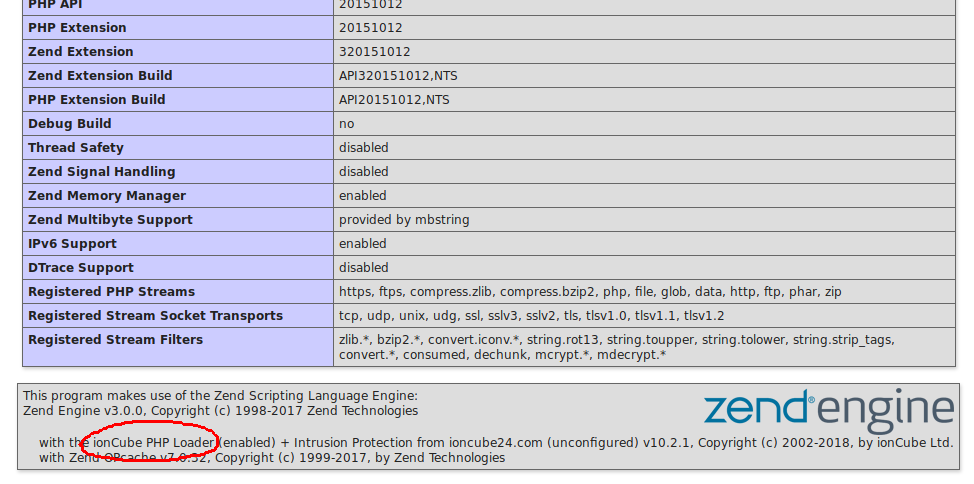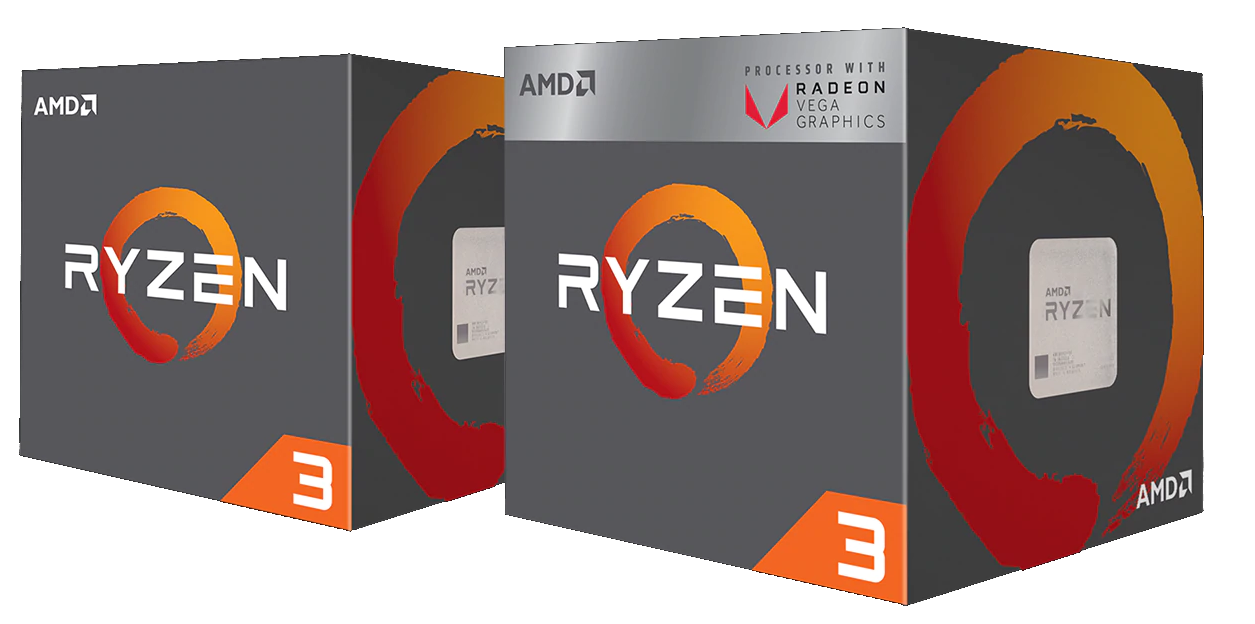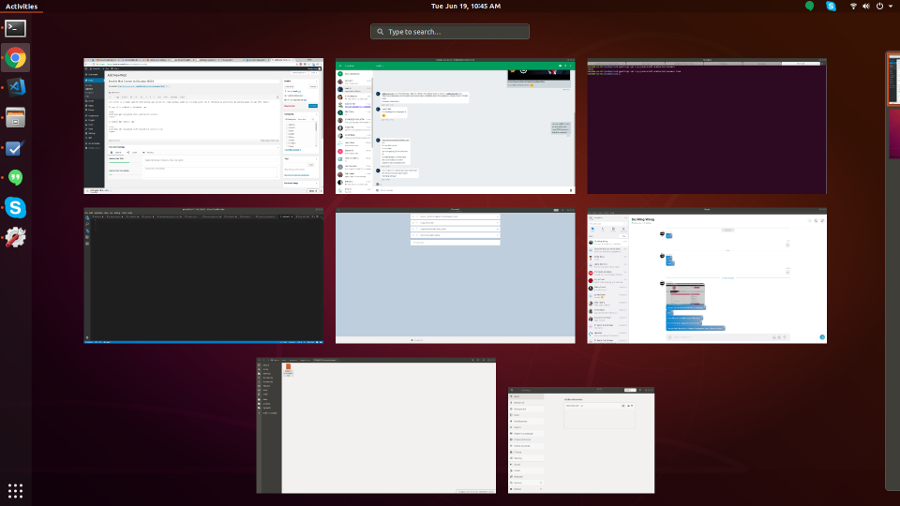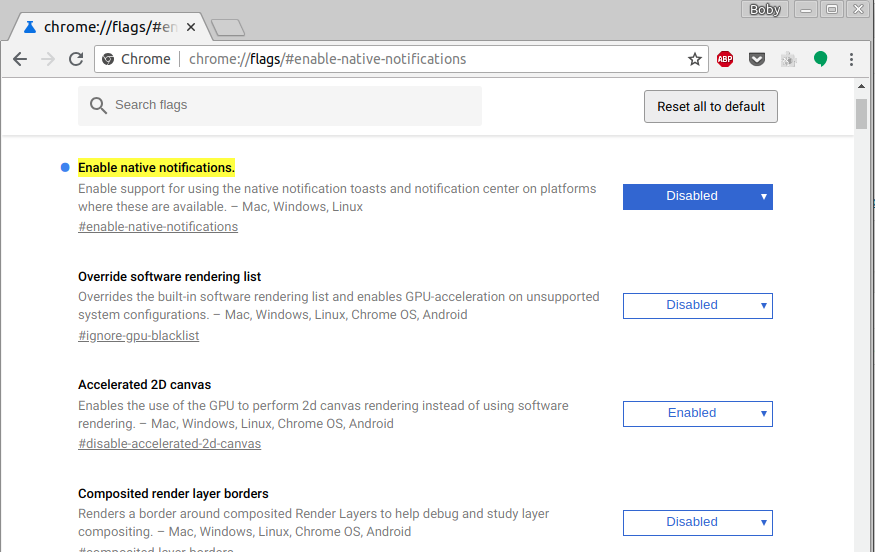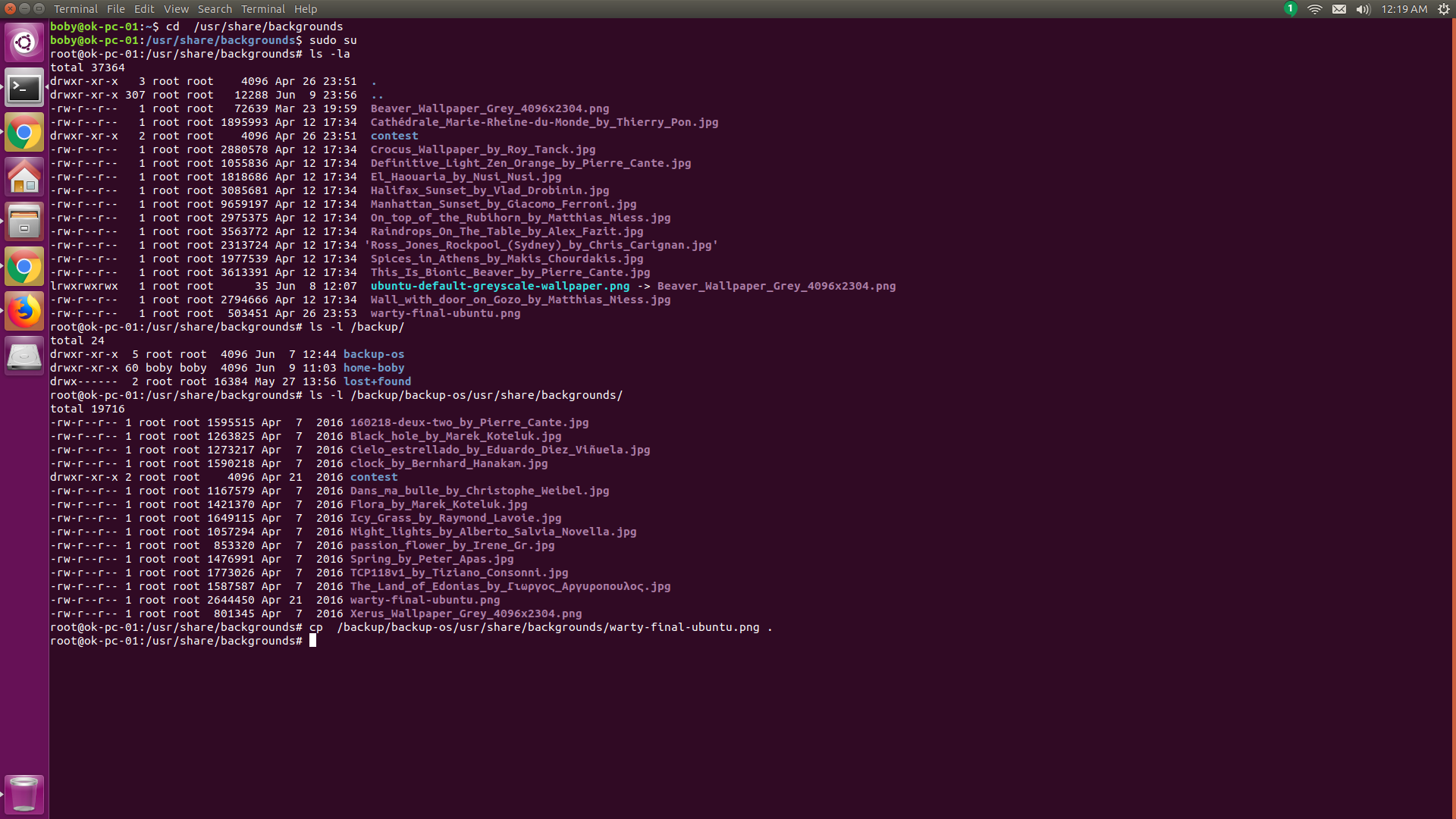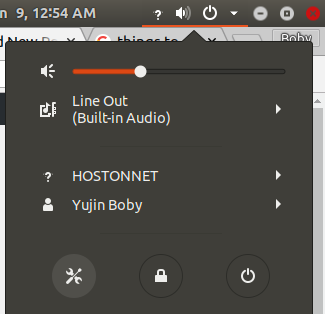Install ionCube on Ubuntu 18.04
Download ioncube loader from https://www.ioncube.com/loaders.php cd /usr/local/src wget https://downloads.ioncube.com/loader_downloads/ioncube_loaders_lin_x86-64.tar.gz tar xvf ioncube_loaders_lin_x86-64.tar.gz cd ioncube/ Find extension diretcory and copy .so file to php extension diretcory. To find php extension directory run php -i | grep extension_dir For PHP 7.2, run cp /usr/local/src/ioncube/ioncube_loader_lin_7.2.so /usr/lib/php/20170718 Enable ioncube echo “zend_extension=ioncube_loader_lin_7.2.so” > /etc/php/7.2/mods-available/ioncube.ini ln -s /etc/php/7.2/mods-available/ioncube.ini /etc/php/7.2/cli/conf.d/01-ioncube.ini for Apache, … Read more

